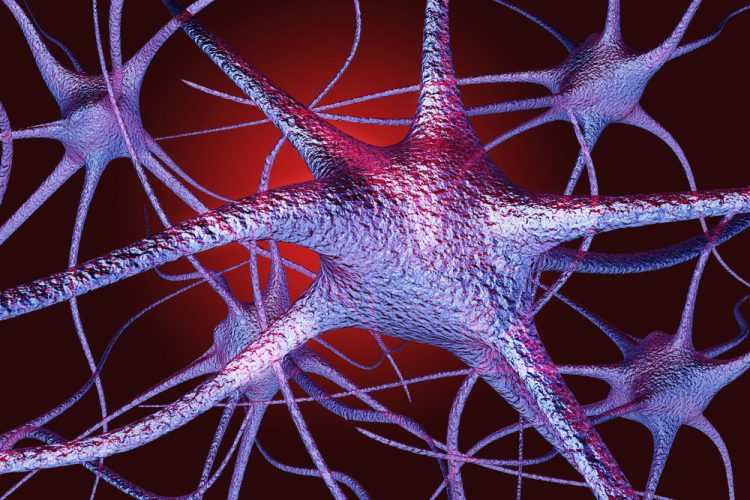Microglia protect sensory cells needed for vision after retinal detachment
Posted: 19 June 2018 | Drug Target Review | No comments yet
New research shows that microglia, immune cells of the brain and retina, play a protective role in response to retinal detachment…


A research team has shown that microglia, the primary immune cells of the brain and retina, play a protective role in response to retinal detachment. Retinal detachment and subsequent degeneration of the retina can lead to progressive visual decline due to photoreceptor cell death, the major light-sensing cell in the eye. The researchers describe, for the first time, the beneficial role of microglial cells in the eye after retinal detachment — migrating to the site of injury to protect photoreceptors and to regulate local inflammation.
“Our results provide clear evidence that microglia protect photoreceptors from cell death in acute retinal detachment,” said senior author Dr Kip Connor, a vision researcher at Mass. Eye and Ear and Assistant Professor of Ophthalmology at Harvard Medical School. “We found that microglial cells rapidly migrate into the injured retina, where they formed close connections with infiltrating immune cells and removed injured photoreceptors. These findings provide the first insight into how microglia respond and function during retinal detachment.”
Affecting about 200,000 Americans per year, retinal detachments are considered sight-threatening medical emergencies. When the retina detaches from its normal position, it separates the blood vessels that supply oxygen to the eye, and photoreceptors — the major light-sensing cells of the retina — begin to die away. Retinal detachments can occur spontaneously, as a result of blunt trauma or as a side effect of a variety of eye diseases, including diabetic retinopathy, ocular tumours, and age-related macular degeneration.
The current standard of care for retinal detachment is surgical reattachment, with patients in the United States and Europe typically treated within one week. Today’s surgical techniques are highly effective in physically reattaching the retina, and – if surgery is timely – surgical outcomes are generally positive. However, in some cases, patients experience permanent vision loss accompanied by changes in colour vision.
Researchers around the world — across all fields of medicine — have recently begun to shed light on the function of microglial cells in various conditions. In Alzheimer’s, Parkinson’s and other neurodegenerative diseases of the brain, they are thought to be harmful.
In the ophthalmology setting, microglial cells have been known to be activated in retinal detachment; however, it was previously unknown if these cells were harmful or protective against photoreceptor cell death.
In the report, the researchers describe morphological changes in microglia in response to retinal detachment in a preclinical model. In response to retinal detachment, microglia rapidly responded in a uniform migrating pattern, toward the affected area. When the researchers depleted microglia in the model, they saw more of the photoreceptor cells die away.
The authors of the report are hopeful that these findings suggest a new therapeutic avenue for preserving photoreceptors after retinal detachment.
“Clinically, in the context of retinal detachment, we think promoting these cells would be of significant therapeutic benefit — perhaps early on, when they can keep inflammation in check,” said Dr Yoko Okuniki, a postdoctoral fellow at Mass. Eye and Ear and the study’s lead author. “This could prevent the initial photoreceptor cell loss, preserving vision longer after retinal detachment and providing an extended therapeutic window for surgery.”
The study has been published online in the journal Proceedings of the National Academy of Sciences (PNAS).
Related topics
Immunology, Research & Development
Related conditions
retinal detachment
Related organisations
Harvard Medical School, Massachusetts Eye and Ear
Related people
Dr Kip Connor, Dr Yoko Okuniki



